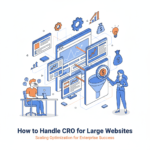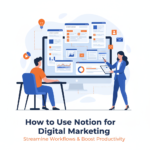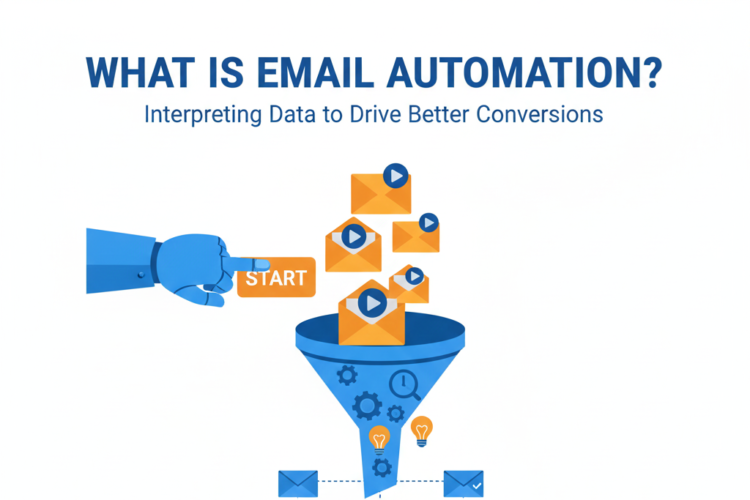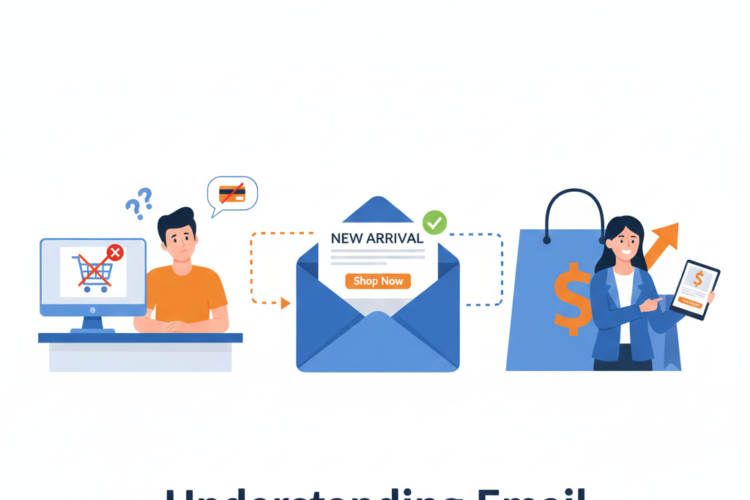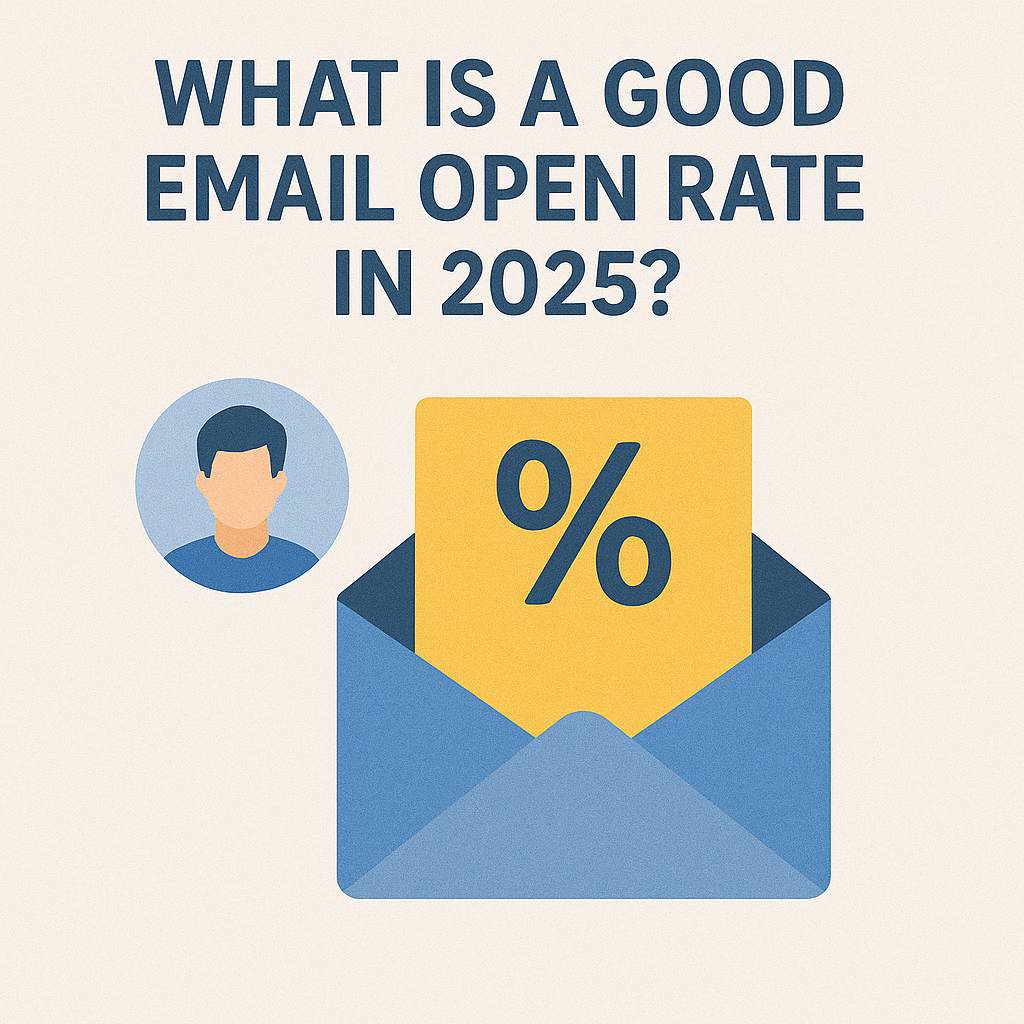
What Is a Good Email Open Rate in 2025?
In today’s fast-paced digital landscape, email marketing remains one of the most cost-effective and high-ROI channels for reaching audiences, nurturing leads, and driving conversions. But as the email ecosystem evolves—with new privacy rules, changing consumer behavior, and increasing inbox competition—one fundamental question continues to puzzle marketers: “What is a good email open rate in 2025?”
In this article, we’ll explore:
-
What constitutes a good open rate in 2025
-
How privacy changes (like Apple Mail Privacy Protection) have affected open rate accuracy
-
Industry benchmarks by sector
-
Factors influencing open rates
-
How to improve your open rate in a privacy-first world
-
Alternative metrics to focus on
1. Understanding Email Open Rate
Email open rate is the percentage of recipients who open a particular email out of the total number of people who received it. The formula:
Open Rate = (Emails Opened / Emails Delivered) x 100However, in 2025, this seemingly simple metric has become more complex due to privacy-focused technologies that obscure true open behaviors.
2. The Impact of Privacy on Open Rates
Since Apple introduced Mail Privacy Protection (MPP) in 2021, and similar protections followed in Android and other email clients, open tracking has become less reliable. MPP loads tracking pixels automatically—whether the user opens the email or not—making the open rate artificially high.
By 2025, it’s estimated that over 75% of email opens are influenced by privacy features, making the traditional open rate metric partially inflated or skewed.
Consequences:
-
You may see higher open rates without a corresponding increase in engagement.
-
Campaign A/B tests based on subject lines (which depend on open rates) are less effective.
-
List hygiene based on “inactive” openers may not work accurately anymore.
3. So, What Is a Good Email Open Rate in 2025?
A “good” email open rate in 2025 depends on your industry, audience, list quality, and email client mix. However, here are general benchmarks based on industry reports and real-world data:
| Industry | Average Open Rate (2025) |
|---|---|
| Government & Nonprofit | 40% – 55% |
| Education | 38% – 50% |
| Healthcare | 35% – 48% |
| Retail / eCommerce | 20% – 32% |
| B2B SaaS | 25% – 40% |
| Finance & Insurance | 22% – 35% |
| Marketing / Advertising | 20% – 30% |
| Travel & Hospitality | 18% – 28% |
| Technology | 25% – 38% |
Average Across All Industries:
25% – 40% is considered a reasonable benchmark for most legitimate campaigns in 2025.
Tip: If your open rate is significantly below 20%, consider reviewing your sender reputation, subject lines, and list hygiene. If it’s over 50%, you may be affected by inflated Apple/Android auto-opens.
4. Factors That Influence Open Rates
1. Subject Line Quality
A compelling, curiosity-inducing subject line can dramatically lift your open rate. Personalization and urgency work well—but avoid clickbait.
2. Sender Name Recognition
Emails from real names or trusted brand names typically perform better than generic “info@” or “no-reply@” addresses.
3. List Quality and Segmentation
Sending targeted emails to highly relevant segments outperforms bulk campaigns.
4. Send Time and Frequency
Sending too frequently or at the wrong times can hurt engagement. Ideal times vary by audience, but mid-mornings on Tuesdays and Thursdays still tend to perform well.
5. Deliverability
Inbox placement affects open rates. Avoid spam traps, maintain good domain reputation, and authenticate your emails (SPF, DKIM, DMARC).
6. Email Client and Device Mix
Since opens on Apple Mail are over-reported, knowing your audience’s device split is essential for interpreting open rates accurately.
5. How to Improve Open Rates in 2025
Given the challenges of modern privacy policies, here’s how you can still influence and improve your open rate meaningfully:
1. Focus on List Hygiene
Regularly prune inactive and unengaged users—even if open data is fuzzy. Use clicks and other engagement metrics.
2. Use Double Opt-In
It may reduce list size but ensures higher intent and engagement.
3. Personalize Subject Lines
Use name, location, or behavioral data to make subject lines feel relevant.
4. Avoid Spammy Words and Phrases
Words like “Free,” “Buy Now,” or too many emojis can trigger spam filters.
5. Authenticate and Monitor Deliverability
Use tools like Google Postmaster Tools, Mail-Tester, or SendForensics to track and improve deliverability.
6. Optimize for Mobile
Ensure your email is responsive, since over 60% of emails are opened on mobile devices in 2025.
6. Alternative Metrics to Monitor Beyond Open Rate
With privacy features obscuring open data, smart marketers are shifting to more reliable metrics, including:
| Metric | Why It Matters |
|---|---|
| Click-Through Rate (CTR) | Measures real engagement beyond opens |
| Conversion Rate | Tracks revenue or goal completions |
| Bounce Rate | Indicates list quality and deliverability |
| Spam Complaints | Helps maintain domain reputation |
| Unsubscribe Rate | Shows if your content is misaligned |
| Read Time (if available) | Tracks actual reading behavior (via AMP, etc.) |
| Revenue per Email Sent | The most business-critical KPI |
7. Final Thoughts: Open Rates Are Just the Beginning
In 2025, email open rates are still useful—but should be interpreted with caution and used in conjunction with other engagement and conversion metrics. A high open rate means little if your subscribers aren’t clicking, converting, or engaging.
So, what’s a good open rate in 2025?
-
Aim for 25%–40% as a healthy range.
-
Adjust your expectations based on your industry and audience.
-
Don’t obsess over opens alone—optimize for true engagement and outcomes.
FAQs
Q1: Are Apple Mail open rates still inflated in 2025?
Yes. Apple Mail Privacy Protection continues to preload images, inflating opens. Consider open rates as directional, not definitive.
Q2: How can I segment users by accurate open data?
Use engagement signals like clicks, replies, purchases, and not just opens. Some ESPs now use AI-based “real engagement” scoring to assist.
Q3: Should I stop using open rate as a metric?
No, but you should downgrade its importance. Use it for trend analysis, not performance measurement.
Author
